
- HOME
- Recommended walking course
- Castle Town / Kawagoe History Tour Course
Castle Town / Kawagoe History Tour Course
Estimated time required: 6 hours 20 minutes
Kawagoe prospered as a castle town of Kawagoe Castle during the Edo period.
One of the attractions of Kawagoe is that the remains of the former castle town remain in various parts of the city, and you can feel "history and modernity" as one.
Here, we will introduce a model course around the historical spots of the castle town of Kawagoe ♪
1 Honmaru Goten Honmaru Palace
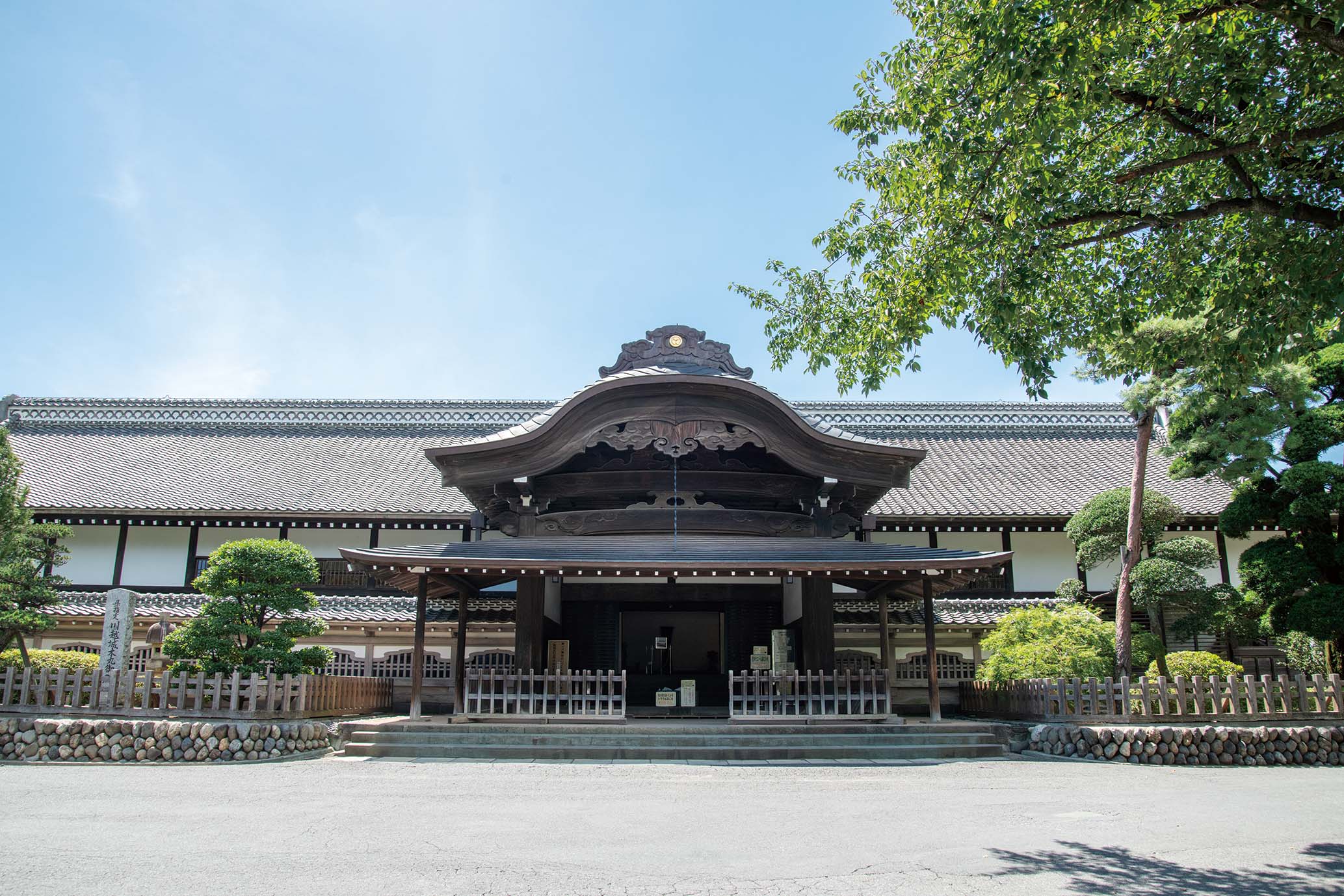
Start XNUMX:XNUMX
Kawagoe Castle is said to have been built in the first year of Choroku (1457) by the vassals of Uesugi Mochitomo, Michizane Ota and Dokan Ota.The existing building was built in the first year of Kaei (1848), and the entrance, hall, and old mansion remain as part of the building. ..
At present, most of the moat around Kawagoe Castle has been lost, but the remnants of it remain in the depressions of the land.
In addition, near the main castle, there is a trace of the Fujimi turret, which used to be a guard and a foothold for defense as a substitute for the castle tower of Kawagoe Castle, which once had no castle tower, and remains as one of the few remnants of Kawagoe Castle.
Opening hours: 9 am to 5 pm (admission is until 4:30 pm)
Admission fee: General 100 yen (80 yen) College and high school students 50 yen (40 yen)
* The price in parentheses is for groups of 20 or more.
* Free for those who have not graduated from junior high school
* Free for those who bring a physical disability certificate, mental disability health and welfare certificate, or nursing certificate, and their caregivers (up to one per disabled person)
Closed days: Every Monday (the next day if it is a holiday)
Year-end and New Year holidays (December 12th to January 29rd)
Hall arrangement day (4th Friday of every month, except holidays)
Stay time55 minutes
Spot information
350-0053
2-13-1 Kuruwamachi, Kawagoe City, Saitama Prefecture
049-222-5399
5 minutes on foot
2 Miyoshi no Jinja Miyoshino Shrine
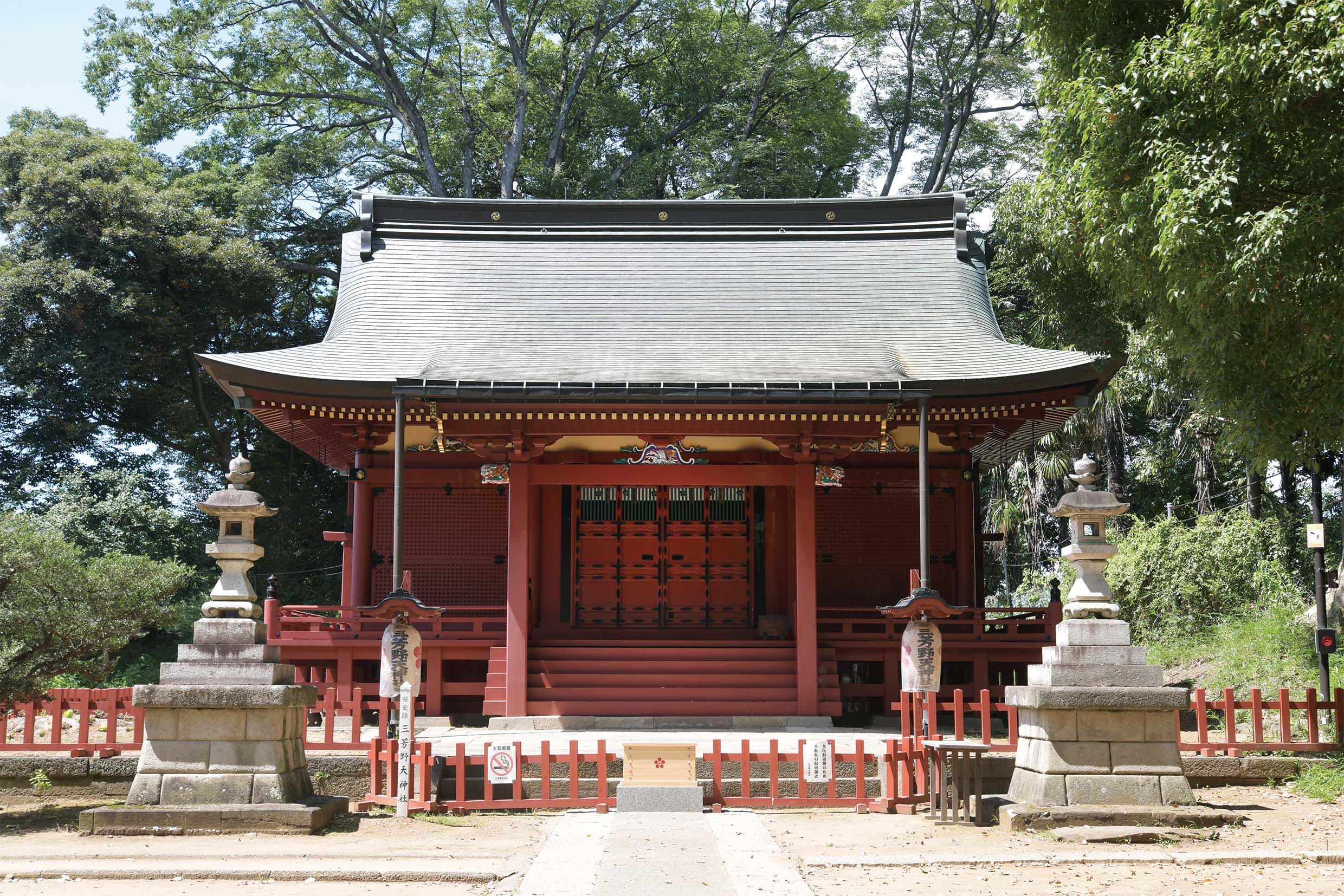
XNUMX:XNUMX
Miyoshino Shrine was built in the Heian period, and is said to have been rebuilt by the later castle owner, Sakai Tadakatsu, as a guardian of Kawagoe Castle in the first year of Kanei (1624).
Miyoshino Shrine was worshiped by successive castle owners and ordinary people as "Castle Tenjin-sama".To visit, I had to take a complicated route with a narrow path.
This narrow approach is similar to the birthplace of the nursery rhyme "Toryanse," which is located inside the castle and sings about how difficult it is for the general public to visit.
Miyoshino Shrine, known as the "Tenjin-sama of the castle," enshrines Sugawara no Michizane, who is said to be the god of learning, and is known for its benefits such as passing, praying for victory, and achieving academic achievement.
Stay time20 minutes
Spot information
350-0053
2-25-11 Kuruwamachi, Kawagoe City, Saitama Prefecture
049-224-0589 (Kawagoe Hikawa Shrine Office)
10 minutes on foot
3 Kawagoejo Nakamon Kawagoe Castle Nakanomon Ruins
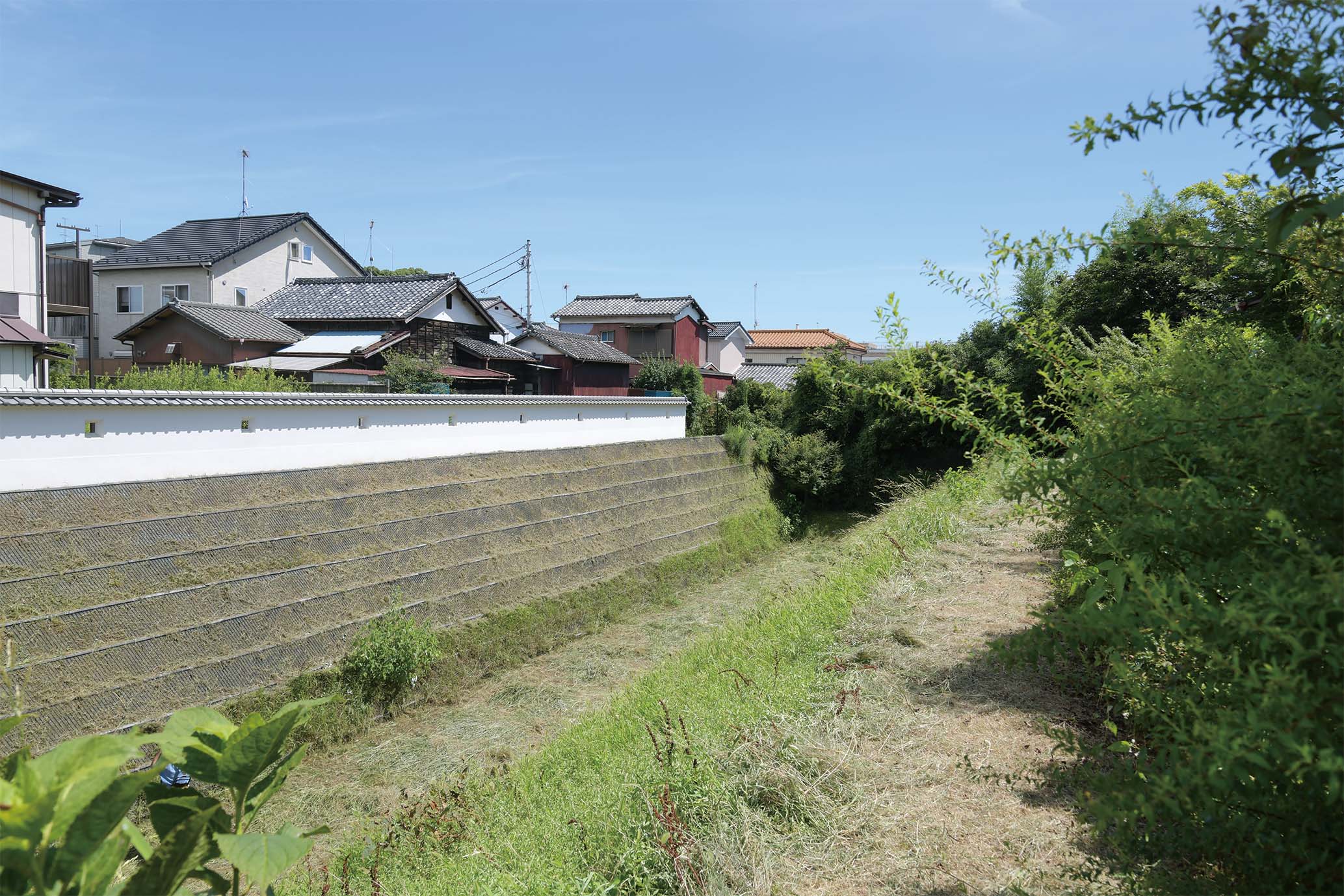
XNUMX:XNUMX
Since the Meiji era, many facilities and buildings in Kawagoe Castle have been demolished, and the remains of Nakanomonbori are one of the few remains in the old castle.
Nakanomonbori is one of the moats that obstructs the route from Nishi-Ote-mon (currently near Kawagoe City Hall) to Honmaru (currently around Hatsukari Park).
Follow the road that bends to the right and left, and you will reach this Nakanomon moat.The moat is XNUMXm deep and XNUMXm wide, but the slope on the Nishi-Ote Gate side is XNUMX ° and the slope on the Honmaru side is XNUMX °. It must have looked steep.
Stay time20 minutes
Spot information
350-0053
1-8-6 Kuruwamachi, Kawagoe City, Saitama Prefecture
10 minutes on foot
4 Kawagoe Hikawajinja Kawagoe Hikawa Shrine
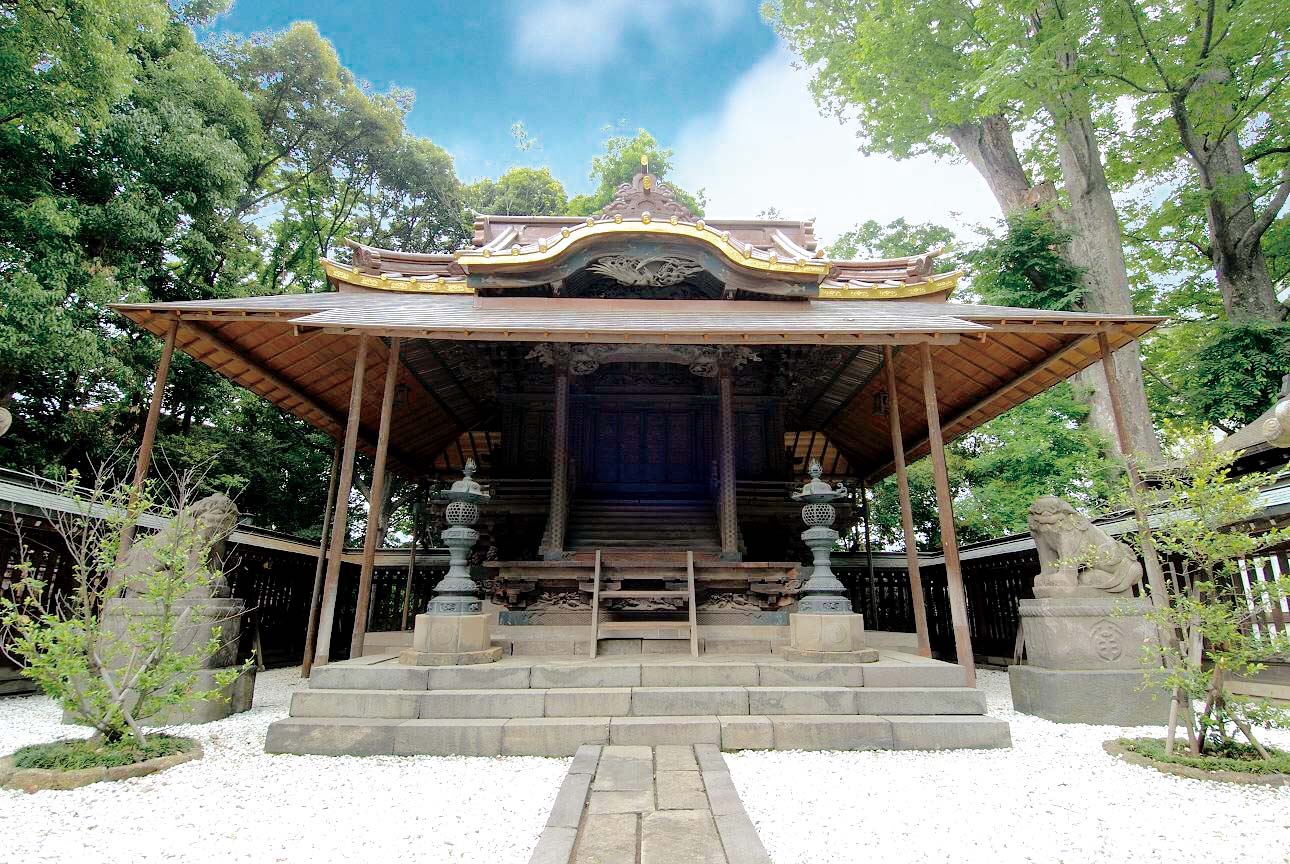
XNUMX:XNUMX
Hikawa Shrine, the guardian of Kawagoe, was revered by Dokan Ota as the guardian deity of the castle because it was enshrined in the direction of the castle's Inui (Kamimon) when Kawagoe Castle was built.
In the first year of Keian (1648), Kawagoe Castle Lord Matsudaira Nobutsuna donated portable shrines, lion heads and other ritual equipment to the autumn festival of Hikawa Shrine and encouraged them to perform the festival.Now known as the "Kawagoe Festival," this festival is held on the third Saturday and Sunday of October every year, making it the largest event in Kawagoe that is visited by many people from both inside and outside the city.
Stay time45 minutes
Spot information
350-0052
2-11-3 Miyashitamachi, Kawagoe City, Saitama Prefecture
049-224-0589
15 minutes on foot
5 The most First town (Kura-zukuri townscape)
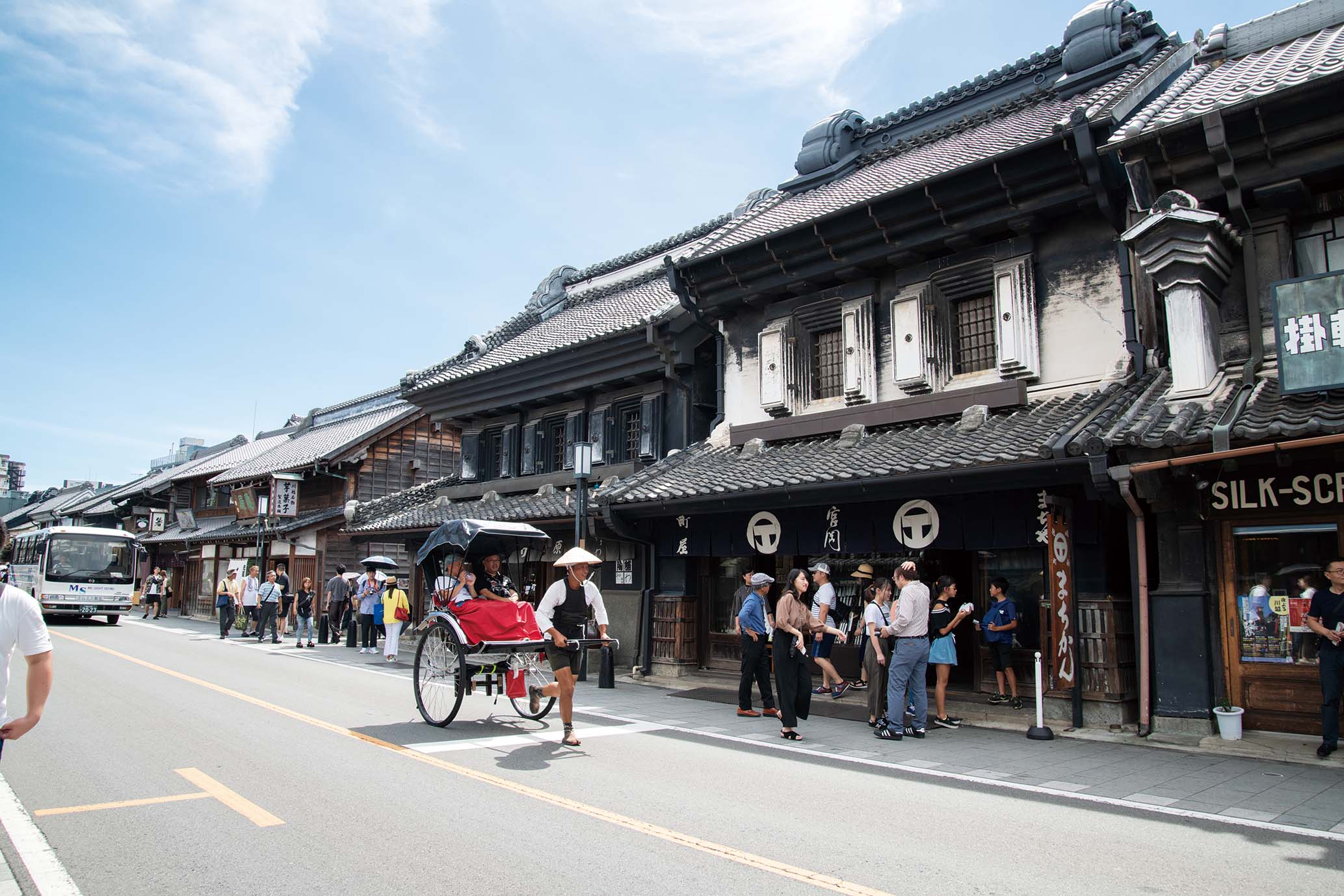
XNUMX:XNUMX
The Kosatsuba, which used to be a place to raise Kosatsu (wooden boards) to inform the townspeople of the laws and rules decided by the Shogunate, is the "Tsuji of the Kosatsu" at the northern end of the town. It was in.
Ichibancho is called "Minamicho" because it is located in the south of "Fudanotsuji", and prospered as a commercial center of Kawagoe Castle in the latter half of the Edo period.Many architectural cultural properties such as the Osawa Residence, which is a nationally designated important cultural property, still remain.
One-third of the city was burned down by the "Kawagoe Great Fire" that occurred on March 26, 3, but at this time, only the Kurazukuri building remained unburned, which is the best from the viewpoint of fireproof architecture. The construction of Kurazukuri merchant houses has progressed in the city.
The Kurazukuri town, which retains the remnants of Edo, completed the underground burial work of utility poles and electric wires in 4, and was selected as an "Important Traditional Buildings Preservation District" in 11, and is now a lot of tourists. It has become a symbol of Kawagoe, which is crowded with customers.
Stay timeXNUM X hours X NUM X minutes
Spot information
(Kura-zukuri townscape)
350-0063
Saiwaicho, Kawagoe City, Saitama Prefecture
10 minutes on foot
6 Renkeiji Renkeiji Temple
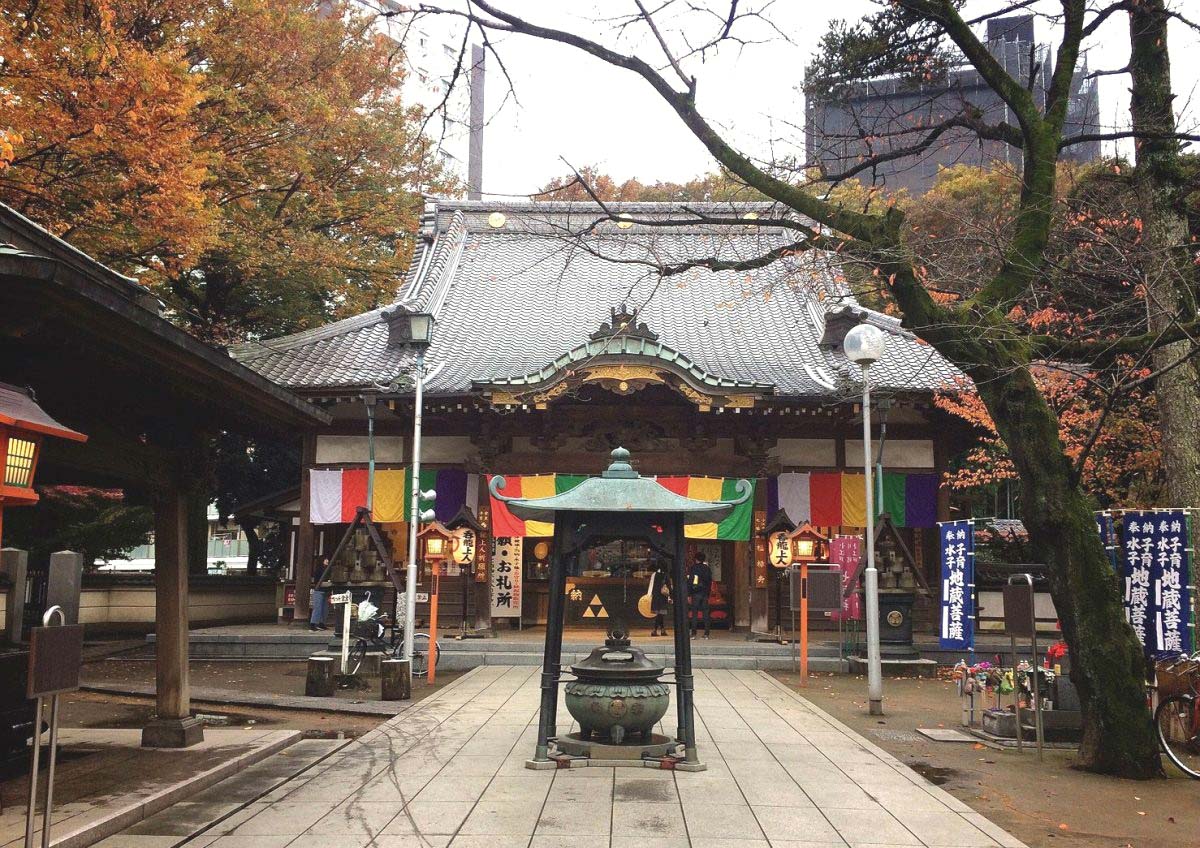
XNUMX:XNUMX
Renkeiji Temple is a temple built by Renkeiji, the mother of Daidoji Masashige, the lord of Kawagoe Castle, to bring a place of peace to the people.
In 1591, Ieyasu Tokugawa gave him a red seal of 7 stones in the temple territory, and in 1602, Kanto Juhachidanrin, a school officially recognized by the Shogunate, with Zojoji at the top. It became one of Rin) and was allowed to raise the Aoi crest.It is said that the lord of Kawagoe was also defeated by spears and hats when passing in front of the Renkeiji Temple.
In front of the front of the Donryudo, "Obinzuru-sama", who is said to cure illness when touched, is enshrined, and "Fukurokujujin", which leads people to happiness as the fifth sacred place of Koedo Kawagoe Shichifukujin, is enshrined. , It is crowded with many citizens and tourists to receive benefits.
Stay time20 minutes
Spot information
350-0066
XNUMX-XNUMX Renjakucho, Kawagoe City, Saitama Prefecture
049-222-0043
15 minutes on foot
7 Kitai Kitain
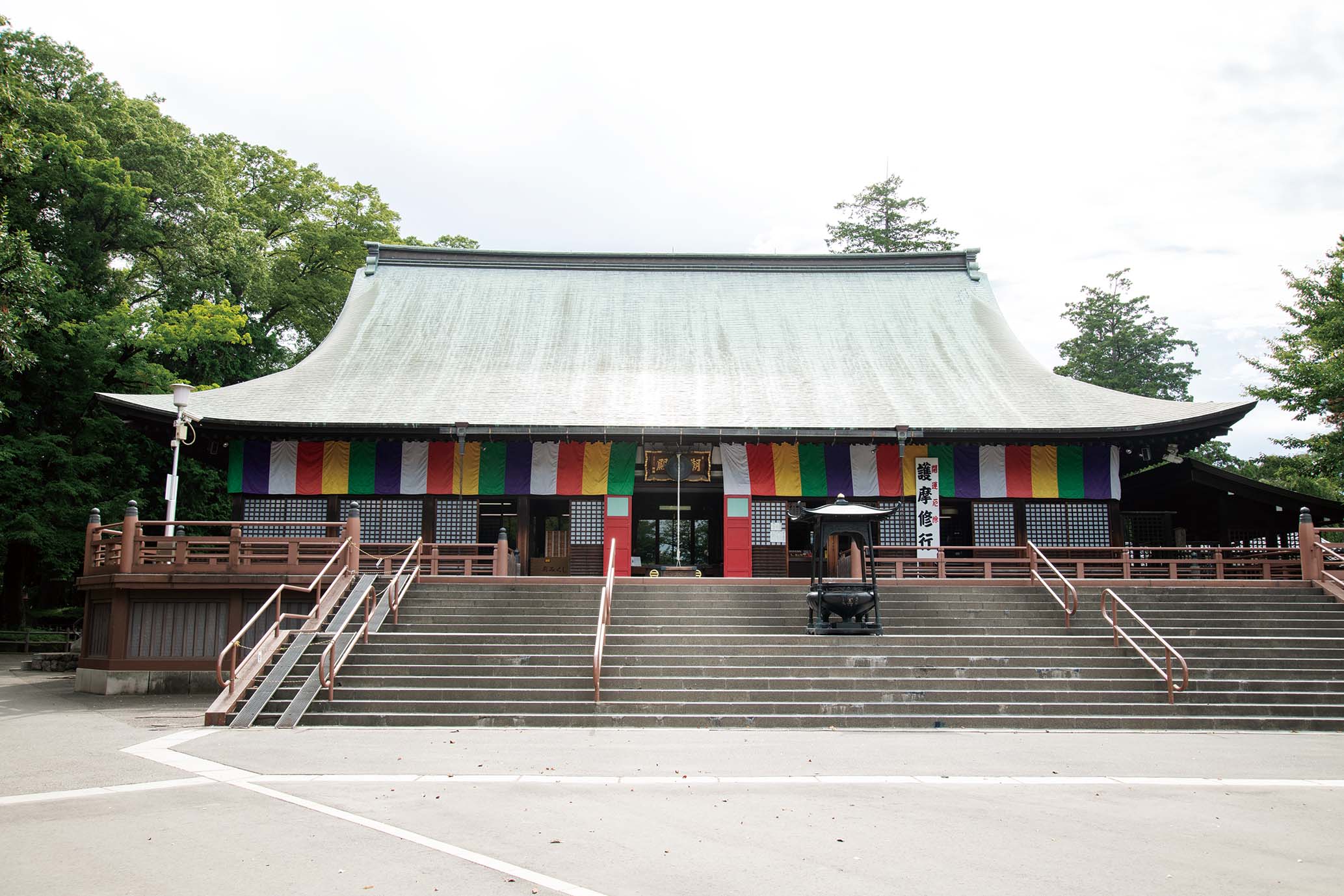
XNUMX:XNUMX
Tendai Sect Kawagoe Daishi Kitain is a temple that was built by Emperor Junna in 830 by Ennin, a priest of Jikaku Daishi. It was named "Mugenjuji".In 17, Ieyasu Tokugawa ordered the Tenkai Daimonsho to revive Kitain, and many temples were built. Except, all of Dou was burned down.Therefore, in November of the same year, the third shogun, Tokugawa Iemitsu, ordered Masamori Hotta Kaga to start reconstruction immediately, and relocated the guest hall, shoin, etc. from Momijiyama (Imperial Palace) in Edo Castle.There are rooms in the guest hall and the Shoin that are said to be "Iemitsu's birth room" and "Kasuga station makeup room", and these are designated as important cultural properties along with Jigen-do Hall and Sanmon.
In one corner of the precincts, it is counted as one of the three major Arhats in Japan, which was erected for about 1782 years from Tenmei 1825 (XNUMX) to Bunsei XNUMX (XNUMX) at the request of the monk Shijo of Kawagoe Kitatajima. The "XNUMX Rakan" is enshrined.
Stay time50 minutes
5 minutes on foot
8 Senbato Shogu Senba Toshogu
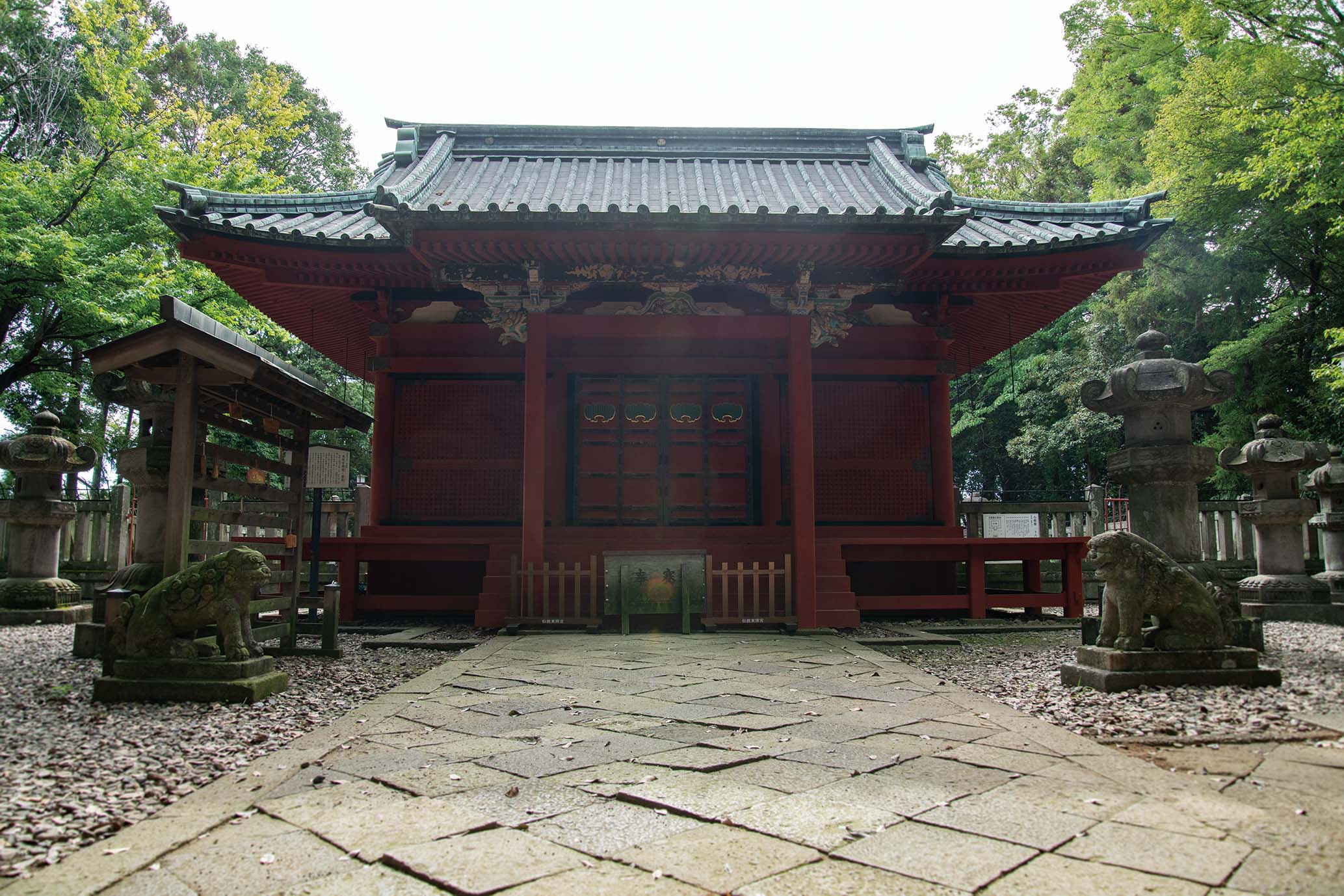
Goal XNUMX:XNUMX
Senba Toshogu Shrine, located to the south of Kitain, is one of Japan's three major Toshogu shrines, and was enshrined by Tokugawa's first shogun, Ieyasu, by the 27th chief priest Tenkai Monk of Kitain.
In 3, when Hidetada Tokugawa, the second shogun, relocated the remains of Ieyasu Tokugawa from Kunoyama to Nikko, he stopped by Kitain on the way and a memorial service was held for four days by the Tenkai monk.After that, Tenkai built a hill with a height of five and built a magnificent shrine in order to worship Toshogu widely, and relocated it in November 1617.The shrine was once destroyed by the Great Fire of Kawagoe in 2, but was rebuilt in 4th year of Kanei by the order of the third shogun, Tokugawa Iemitsu.The current shrine is at this time.In the precincts, there are the "hawk painting amount" dedicated by Shigetsugu Abe, the lord of the Iwatsuki domain, and the 10 stone lanterns donated by the successive lords of the Kawagoe domain.
[Publication date and time] Sundays and public holidays only 10 am-4pm * Guide available
Stay time20 minutes
Spot information
350-0036
1-21-1 Kosenbamachi, Kawagoe City, Saitama Prefecture
049-224-3431
